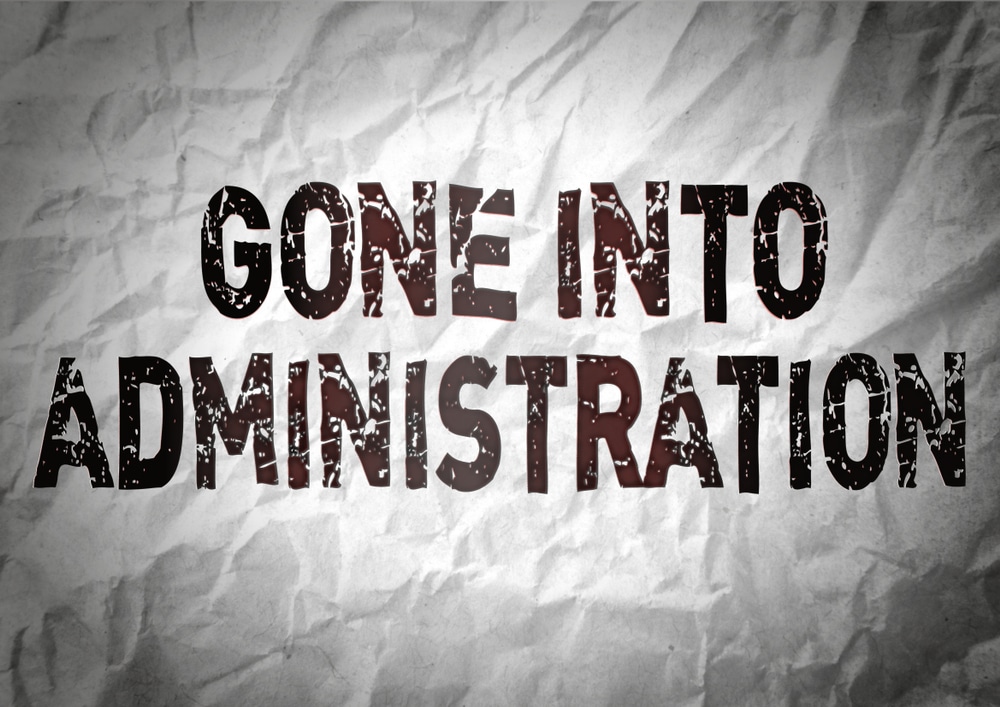Insights right into Company Administration: What Takes Place to Employees When a Company Goes into Liquidation?
Insights right into Company Administration: What Takes Place to Employees When a Company Goes into Liquidation?
Blog Article
The Refine and Effects of a Business Entering Administration
As a company faces economic distress, the choice to go into administration marks a critical juncture that can have far-ranging implications for all included celebrations. The process of entering management is detailed, entailing a series of steps that aim to navigate the firm towards prospective recuperation or, in many cases, liquidation. Comprehending the roles and responsibilities of an administrator, the impact on various stakeholders, and the legal commitments that enter into play is vital in comprehending the gravity of this scenario. The effects of such a move ripple past the business itself, forming its future trajectory and affecting the broader company landscape.
Summary of Firm Management Process
In the realm of company restructuring, a crucial preliminary action is acquiring a thorough understanding of the complex firm management process. Firm administration describes the formal insolvency treatment that aims to save a monetarily distressed company or accomplish a better outcome for the business's lenders than would be possible in a liquidation circumstance. This procedure involves the visit of a manager, that takes control of the firm from its supervisors to examine the monetary circumstance and figure out the most effective program of activity.
During management, the firm is given defense from lawsuit by its creditors, supplying a moratorium period to develop a restructuring strategy. The manager works with the company's administration, creditors, and other stakeholders to create a strategy that may include offering business as a going issue, reaching a business voluntary plan (CVA) with financial institutions, or inevitably positioning the company into liquidation if rescue attempts confirm futile. The main objective of company administration is to optimize the go back to lenders while either returning the company to solvency or shutting it down in an organized manner.

Functions and Duties of Manager
Playing an essential duty in supervising the firm's decision-making processes and financial events, the administrator thinks considerable responsibilities during the company restructuring process. The primary duty of the administrator is to act in the most effective passions of the company's lenders, intending to attain one of the most favorable result feasible - into administration. This entails conducting a comprehensive analysis of the business's financial circumstance, developing a restructuring plan, and carrying out approaches to optimize returns to lenders
Additionally, the administrator is accountable for liaising with numerous stakeholders, consisting of staff members, distributors, and governing bodies, to make sure transparency and compliance throughout the administration process. They need to likewise interact successfully with investors, offering regular updates on the firm's progression and seeking their input when essential.
In addition, the manager plays a crucial role in managing the everyday procedures of business, making crucial decisions to keep connection and preserve worth. This consists of assessing the practicality of different restructuring alternatives, working out with financial institutions, and eventually directing the company towards an effective departure from administration.
Influence on Business Stakeholders
Presuming a critical position in supervising the business's economic events and decision-making procedures, the administrator's actions during the business restructuring process have a direct impact on numerous firm stakeholders. Consumers might experience interruptions in services or product schedule throughout the administration procedure, influencing their depend on and loyalty towards the company. In addition, the area where the firm runs can be affected by possible work losses or modifications in the company's procedures, affecting regional economic situations.
Legal Effects and Responsibilities
Throughout the procedure of business management, careful consideration of the legal effects and responsibilities is paramount to make sure conformity and shield the passions of all stakeholders entailed. When a firm gets in administration, it activates a set of lawful demands that must be stuck to. Among the main obligations is for the selected administrator to act in the ideal rate of interests of this article the company's financial institutions. This task requires the manager to perform detailed examinations right into the business's affairs, assess its financial setting, and develop an approach to maximize go back to financial institutions.
Additionally, lawful effects occur worrying the therapy of employees. The manager has to follow work regulations concerning redundancies, staff member legal rights, and obligations to give needed details to employee agents. Failing to abide by these lawful demands can cause legal action versus the firm or its managers.
Additionally, the business going into management might have read the article legal obligations with various celebrations, including providers, consumers, and landlords. These contracts need to be evaluated to determine the very best strategy, whether to end, renegotiate, or accomplish them. Failure to deal with these contractual responsibilities appropriately can result in conflicts and possible lawful effects. Essentially, understanding and fulfilling legal obligations are essential aspects of navigating a company with the administration process.
Strategies for Business Healing or Liquidation
In taking into consideration the future direction of a firm in administration, tactical planning for either healing or liquidation is vital to chart a viable path onward. When going for firm healing, key strategies may include conducting a comprehensive analysis of the company procedures to identify inadequacies, renegotiating agreements or leases to boost cash money flow, and applying cost-cutting actions to improve productivity. In addition, seeking brand-new financial investment or funding alternatives, diversifying earnings streams, and concentrating on core expertises can all add to a successful healing strategy.

Final Thought
Finally, the process of a company entering management involves the appointment of an administrator, that tackles the duties of handling the firm's events. This process can have significant effects for numerous Recommended Site stakeholders, including lenders, shareholders, and workers. It is very important for firms to thoroughly consider their choices and techniques for either recouping from financial problems or proceeding with liquidation in order to reduce prospective lawful effects and commitments.
Firm administration refers to the official insolvency treatment that intends to save a financially distressed business or attain a better result for the company's lenders than would be feasible in a liquidation scenario. The manager works with the company's management, financial institutions, and various other stakeholders to design a strategy that might include marketing the service as a going concern, getting to a business voluntary setup (CVA) with lenders, or eventually positioning the firm into liquidation if rescue attempts verify useless. The key goal of company administration is to make best use of the return to financial institutions while either returning the company to solvency or closing it down in an organized fashion.
Thinking a vital position in overseeing the firm's decision-making processes and financial affairs, the manager's actions during the corporate restructuring process have a direct impact on different business stakeholders.In final thought, the procedure of a business entering management includes the consultation of an administrator, that takes on the obligations of taking care of the firm's events.
Report this page